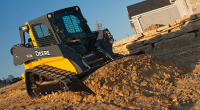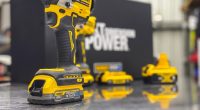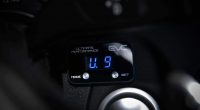Aftermarket Car Accessories: Important Things to Know Before You Customise Your Ride
While some drivers might be content to leave their vehicles as-is, others enjoy making changes that reflect their personal tastes. Many drivers love to customise their cars, trucks and SUVs. Aftermarket vehicle accessories are a great way to add personal style to your ride, but they can also serve other purposes. Some aftermarket accessories help boost safety and performance, while others allow you to make the most of your vehicle’s capacity for carrying cargo or passengers.
Vehicle Tracking Device
A vehicle tracking device is an electronic device installed in a vehicle to enable the owner or a third party to track the vehicle’s location. This can be useful if the car is stolen, and also if you have teenagers who frequently drive your car. Vehicle tracking devices come in a variety of shapes, sizes and specifications. They also provide several types of information and have various levels of capabilities. Consider these items before you set out to purchase tracking devices for your vehicles:
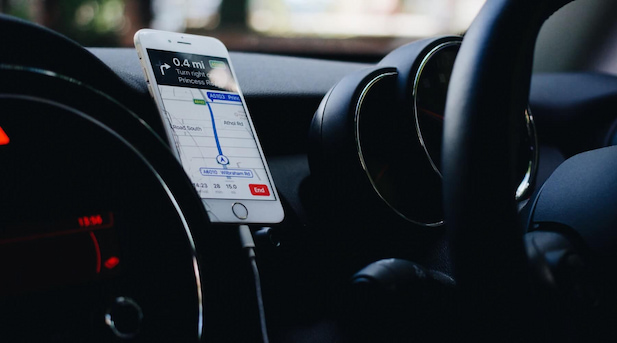
- Vehicle applications: There are three basic applications for GPS trackers in vehicles: fleet management, stolen vehicle recovery, and teen driving monitoring. The first two are the most common, and most vehicle trackers can be used for both purposes.
- Features: Some GPS trackers are very simple — they just tell you where the car is at any given time. Others provide more details about the car’s location, including things like its speed, whether it’s stopped or moving, where it has been and what route it has taken. Other devices let you communicate with drivers by voice or text message. Still, others can do things like disabling the car’s ignition if it’s been stolen or if your teenager breaks curfew.
- Battery life and power source: Most GPS trackers plug into the car’s onboard diagnostics (OBD) port located somewhere under the steering wheel, which means they only run when the engine is running (except when they’re wired to a switched power source). Some have batteries that keep them powered when the engine is off, but their battery life varies widely depending on use and features. For instance, a tracker with an always-on display will drain its battery much faster than one that only sends updates occasionally.
Brush Guards
Brush guards are metal grille attachments that are used to protect the front end of a vehicle. They used to be called bull bars, and many people still refer to them by that name. Brush guards come in a wide range of sizes and styles, with varying degrees of coverage.
There are several types of brush guards. Some cover only the headlights, while others cover the entire grille. Many people argue that brush guards (especially full-coverage guards) make a vehicle look more aggressive, but they do have some practical uses. If you’re going off-roading, a brush guard can help protect your front end from tree branches, rocks or other debris.

Even if you stick to paved roads, brush guards can be useful in certain situations. For instance, if you’re driving late at night and see a deer on the side of the road, you may want to hit it rather than swerve out of the way — it’s much better to deal with vehicle damage than risk flipping your car or hitting another vehicle head-on. Having a metal guard on the front end can help absorb some impact during collisions like this one.
Fog Lights
Fog lights are designed to be used when the weather is foggy and the normal headlights cannot penetrate through the fog. These lights, which are mounted low on your vehicle and shine almost horizontally, can illuminate the road surface and verges without scattering the light so much that it reflects from the fog directly into your eyes.
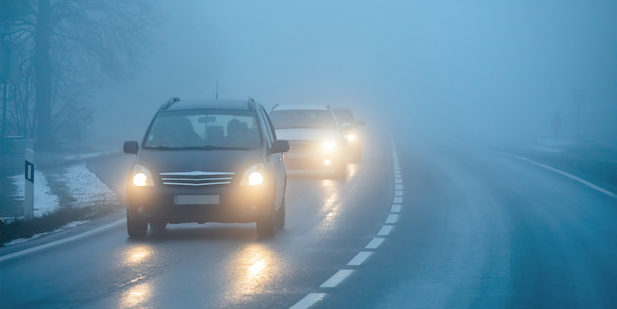
Fog lights are not intended for continuous use, as they will dazzle other road users if used in clear weather. In some countries, they are regulated so that they may only be used when visibility is below 100 m (300 feet).
Bull Bars
Bull bars are designed to fit snugly in the front of a 4WD. Some bull bars have no protrusion outwards, so the protection is for the vehicle only. Other bull bars have winch mountings and protrude outwards to offer protection for pedestrians and other vehicles in an accident. Bull bars may offer some amount of protection in an accident, but it is debatable whether they offer significant safety benefits to others on the road. A study by Monash University Accident Research Centre (MUARC) found that while they do provide some protection to pedestrians, they also increase the likelihood of serious leg injuries due to their protruding shape, with children being particularly vulnerable.
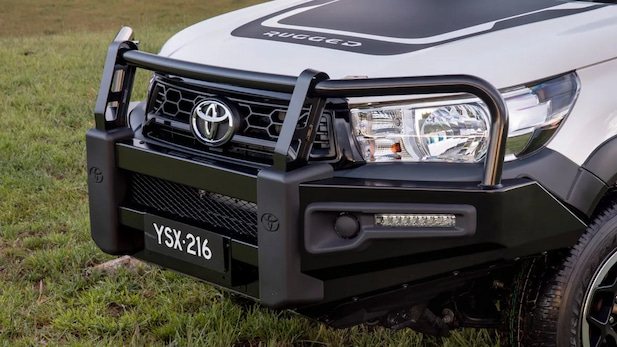
The study also found that vehicles with bull bars were 2.5 times more likely to kill or seriously injure another road user than a vehicle without one. MUARC recommended against the use of frontal protection devices on passenger cars because they pose a significant risk to other road users.
In Australia, bull bars must be approved by state authorities before fitting them onto a car for road use. Bull bars that are not approved can often be illegal and may carry penalties if fitted to a car used on public roads.

